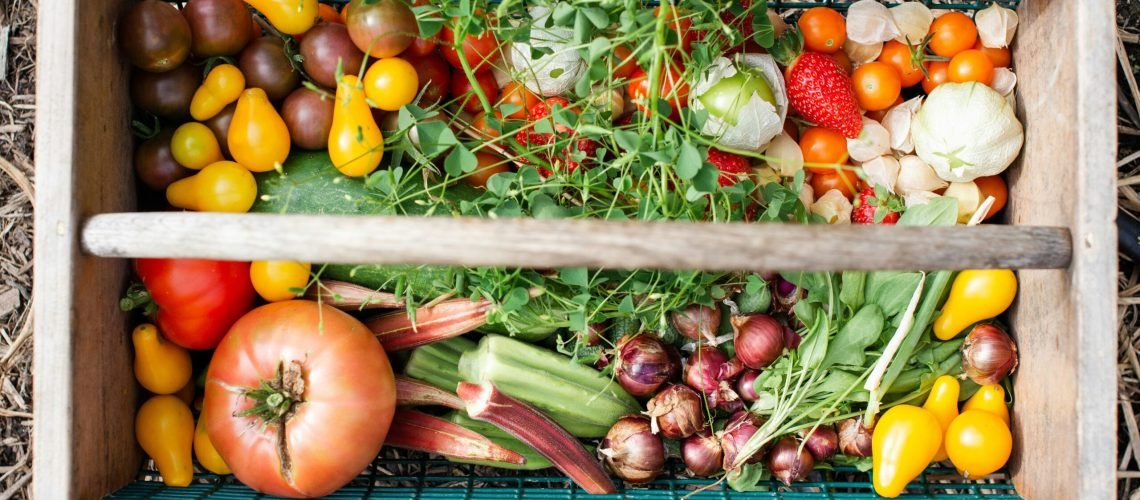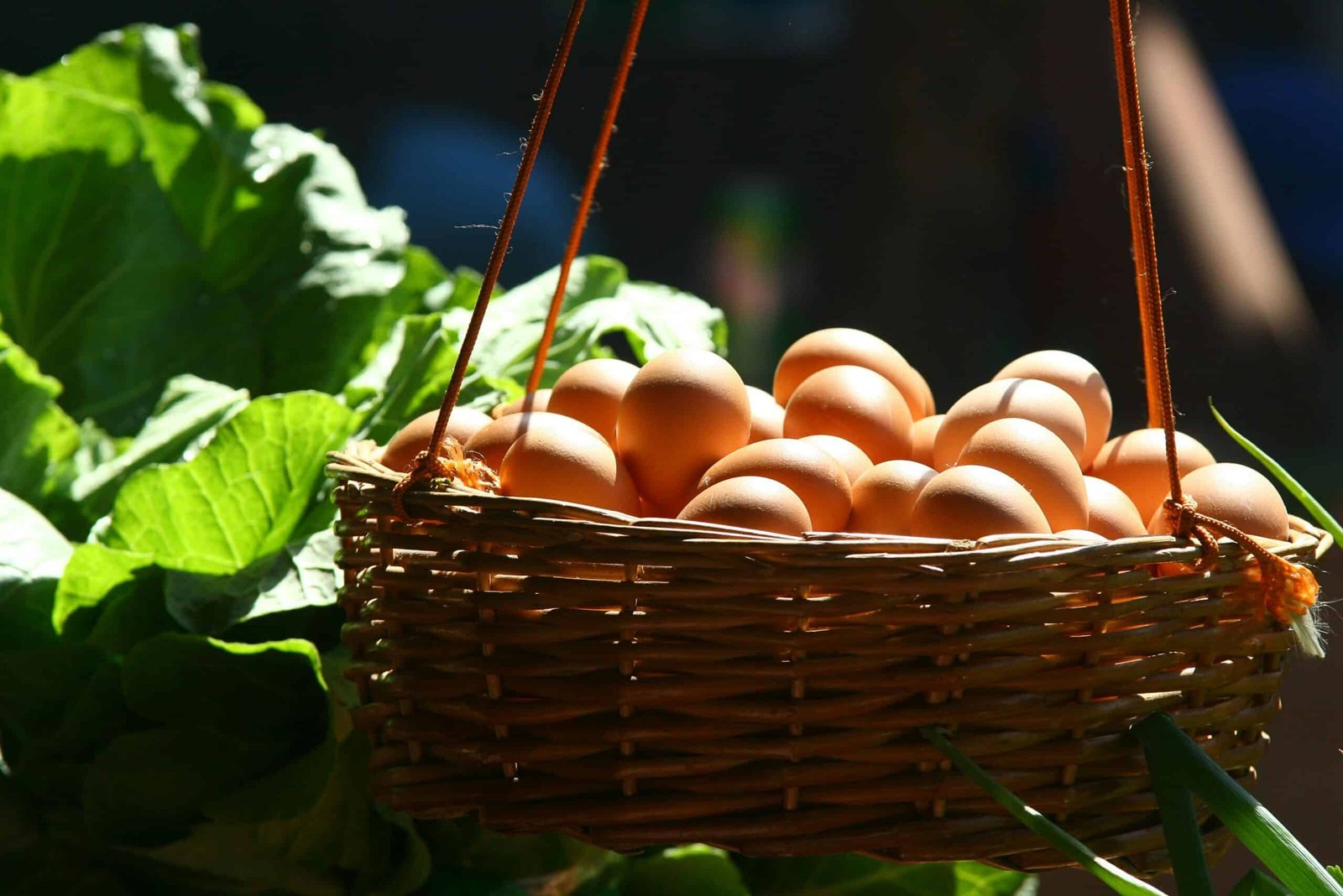🌿 Introduction: Nature’s Secret Weapon for a Thriving Garden
🌱 The Science Behind the Synergy: How Companion Planting Works
Let’s delve into the fascinating mechanisms that make companion planting so effective.
A. Natural Pest Control: Building Your Garden’s Defense Force 🛡️
Certain plants act as natural bodyguards, emitting scents that repel pests or masking the smell of vulnerable crops.
- Marigolds: These cheerful flowers release compounds that deter root-knot nematodes, microscopic worms that attack tomatoes and other vegetables.
- Basil: Its pungent aroma confuses aphids and whiteflies, making it harder for them to find your precious tomato plants.
- Nasturtiums: These vibrant flowers act as a ‘trap crop,’ luring aphids away from your main vegetables.
B. Attracting Beneficial Insects: Welcoming Your Garden’s Allies 🐞
A thriving garden needs its heroes – pollinators and predatory insects that keep pest populations in check. Companion planting helps you create a welcoming habitat for these essential allies.
- Dill, Fennel, Cilantro: Their delicate flowers provide nectar and pollen, essential food sources for bees and butterflies, boosting pollination rates.
- Yarrow, Alyssum: These attract tiny parasitic wasps and ladybugs, voracious predators that feast on aphids, mites, and other garden pests.
C. Soil Improvement: Creating a Foundation for Growth 🌍
Some plants are generous neighbors, enriching the soil for those around them.
- Legumes (Beans, Peas): These amazing plants have a special ability to ‘fix’ nitrogen from the air and convert it into a form that other plants can use, acting as a natural fertilizer.
- Comfrey: This deep-rooted plant acts as a ‘nutrient pump,’ drawing up minerals from deep in the soil and making them available to shallower-rooted plants.
D. Shade, Support, and Weed Suppression: Working Together 🤝
Clever plant pairings can also provide physical advantages, creating a more efficient and productive garden.
- Sunflowers and Lettuce: The towering sunflowers provide welcome shade for delicate lettuce, preventing it from bolting in hot weather.
- The Three Sisters (Corn, Beans, Squash): This classic Native American technique demonstrates perfect synergy: corn provides a trellis for beans, beans fix nitrogen, and squash leaves shade the soil, suppressing weeds.
- Low-Growing Herbs: Thyme or oregano planted around taller vegetables act as a living mulch, conserving moisture and preventing weed growth.
🌼 Companion Planting Pairings: Your Guide to Garden Success
Ready to put companion planting into action? Here are some of the most effective and reliable plant pairings for common garden vegetables.
A. Tomatoes 🍅
Benefits: Improved flavor, pest protection, disease resistance.
Best Companions:
- Basil: Repels tomato hornworms, whiteflies, and improves tomato flavor.
- Marigolds: Deter root-knot nematodes.
- Garlic: Deters spider mites.
- Chives: Deter aphids.
Worst Companions:
- Avoid Planting Near: Brassicas (Cabbage, Broccoli, Kale) – Compete for nutrients.
- Avoid Planting Near: Fennel – Inhibits tomato growth.
B. Cucumbers 🥒
Benefits: Pest control, improved pollination, support.
Best Companions:
- Marigolds: Deter cucumber beetles.
- Nasturtiums: Trap crop for aphids.
- Dill: Attracts beneficial insects.
- Sunflowers: Provide support for climbing varieties.
Worst Companions:
- Avoid Planting Near: Sage – Can hinder cucumber growth.
- Avoid Planting Near: Mint – Can be invasive and compete for resources.
C. Carrots 🥕
Benefits: Pest control, improved growth.
Best Companions:
- Rosemary: Deters carrot root fly.
- Sage: Deters carrot root fly.
- Lettuce: Keeps soil cool and moist.
- Onions: Deter carrot root fly and other pests.
Worst Companions:
- Avoid Planting Near: Dill – Attracts pests that can harm carrots.
- Avoid Planting Near: Fennel – Inhibits growth.
D. Lettuce 🥬
Benefits: Pest control, shade, improved growth.
Best Companions:
- Chives: Deter aphids.
- Garlic: Deters aphids.
- Calendula: Attracts beneficial insects.
- Strawberries: Act as a ground cover.
Worst Companions:
- Avoid Planting Near: Parsley – Can attract the same pests.
E. Beans 🫘
Benefits: Nitrogen fixation, pest control.
Best Companions:
- Corn: Provides a trellis for climbing beans.
- Squash: Suppresses weeds (Three Sisters).
- Marigolds: Deter bean beetles.
- Rosemary: Deters bean beetles.
Worst Companions:
- Avoid Planting Near: Onions, Garlic, and other Alliums – Inhibit bean growth.
F. Peppers 🌶️
Benefits: Improved growth and pest protection.
Best Companions:
- Basil: Repels aphids, spider mites, and whiteflies.
- Onions: Deter pests.
- Carrots: Provide ground cover.
- Marigolds: Deter nematodes and other pests.
Worst Companions:
- Avoid Planting Near: Brassicas – Compete for nutrients.
- Avoid Planting Near: Fennel – Inhibits growth.
G. Squash 🎃
Benefits: Pest control, weed suppression.
Best Companions:
- Corn: Provides support for vining squash (Three Sisters).
- Beans: Fix nitrogen (Three Sisters).
- Marigolds: Deter squash bugs and other pests.
- Nasturtiums: Trap crop for aphids and squash bugs.
Worst Companions:
- Avoid Planting Near: Potatoes – Compete for nutrients.
🏡 Putting it into Practice: Designing Your Companion Garden
Now that you know the best pairings, let’s create a thriving companion garden!
A. Planning Your Layout: Smart Design for Maximum Benefit 📐
- Size Matters: Consider the mature size of each plant to avoid overcrowding.
- Sun Seekers: Map out sun exposure to ensure each plant gets the right amount of light.
- Sketch It Out: Create a simple garden plan to visualize your pairings.
- Succession Planting: Stagger planting times to maximize space and extend your harvest.
B. Planting Methods: Intercropping vs. Rows ↔️
- Intercropping: Mixing plants within the same area creates a diverse ecosystem, but requires careful planning.
- Row Planting: Planting compatible rows side-by-side is simpler to manage, but may not offer the same level of pest confusion.
C. Observation is Key: Become a Garden Detective 🕵️♀️
- Regular Check-ins: Inspect your plants frequently for signs of pests or disease.
- Keep a Garden Journal: Track your successes and challenges to learn what works best in your specific environment.
- Adapt and Adjust: Don’t be afraid to experiment and refine your companion planting strategy over time.
🚫 Avoid These Common Companion Planting Mistakes
Even with the best intentions, some common mistakes can hinder your companion planting efforts.
- Overcrowding: Give plants enough space to thrive.
- Ignoring Sunlight: Match plants to their light requirements.
- Mismatched Companions: Double-check compatibility charts.
- Skipping Crop Rotation: Rotate plant families each year to prevent soil depletion and pest buildup.
- Expecting Miracles: Companion planting is a long-term strategy; be patient and observant.
🌻 Conclusion: Grow a Healthier, More Abundant Garden – Naturally!
Embrace the power of companion planting and discover the joy of working with nature to create a truly thriving garden.
- Share Your Success: We’d love to see your companion planting triumphs! Share photos and tips in the comments below.
- Get More Gardening Tips: Subscribe to our newsletter for exclusive advice and inspiration.
- Ask an Expert: Have a companion planting question? Leave it below.











